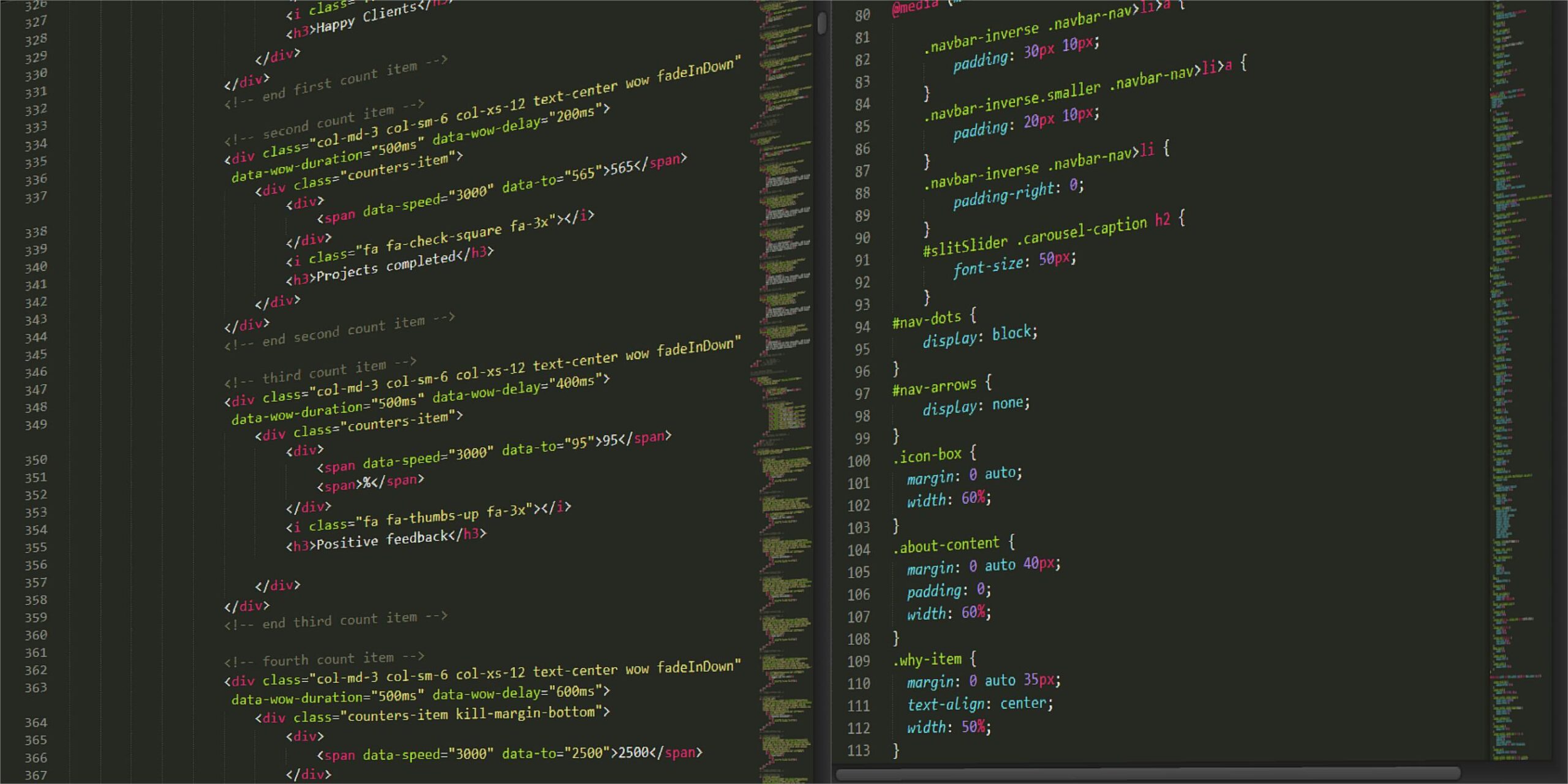In the fast-paced world of web development, front-end development has become a key role in creating user experience (UX). As seen in the front-end of websites and applications, front-end development focuses on everything that users directly interact with, from design and graphics to content navigation. However, front-end development has come a long way since its early days, evolving into a unique and complex field that requires creativity and skill. In this article, we will explore the importance of front-end development, its evolution, technology, and why it is important for the web today. Front-end development refers to the design and maintenance of the “client-side” portion of a website or application. This includes the visual content that users see and interact with, such as buttons, menus, text, fonts, colors, images, and layouts. Front-end developers work to ensure that these products are functional, usable, and beautiful. Get on the page. The main technologies involved in front-end development include:
HTML (Hyper Text Markup Language): This is the foundation of web development and is used to create the content of a web page.
Cascading Style Sheets): CSS controls the layout, design, and presentation of web pages. It is responsible for how HTML content is interpreted.
The Evolution of Front-End Development
Front-end development has changed over the years. In the early days of the web, websites were mostly static with simple HTML and CSS layouts.
JavaScript was used sparingly and interactivity was limited. But as demand grows and discussions about user experience continue, so too do the tools and techniques used to create these sites. The first website was simple, with less design Core tools and components in JavaScript Frameworks and Libraries:and functionality. HTML provided basic formatting, CSS offered limited styling options, and JavaScript added minor enhancements like form validation. At the same time, websites were more interactive, powerful, and user-friendly. The advent of JavaScript libraries like jQuery made it easier for developers to create complex animations, manage DOM manipulation, and improve overall user interaction. This period also saw the rise of CSS frameworks like Bootstrap, which made web design easier. Front-end frameworks like React, Vue.js, and Angular allow developers to build interactive single-page applications (SPAs). The framework provides tools for managing application state, managing tasks, and creating reusable UI objects, which are essential for building large applications that can be used on the web.
Core tools and components in JavaScript Frameworks and Libraries:
React: React is developed by Facebook and is one of the most popular libraries. It allows developers to create reusable UI components and use their virtual DOM, thereby reducing unnecessary overhead and improving performance. Angular is mostly used to build large business systems. It provides complete tools for routing, authentication, state management, and more. It is lightweight, flexible, and easy to integrate with existing projects.
CSS Preprocessors: Sass and LESS are CSS preprocessors that extend CSS to make code more manageable through features like transitions, blending, and the render slot.
CSS Frameworks: Bootstrap and Tailwind CSS are popular frameworks that provide pre-built UI elements and use CSS-first to help developers quickly. A fast and efficient website.
Development tools and staff:
Tools like Web pack, Gulp, and Parcel are used to perform tasks like minification, packaging, and delivery. development.
Version Control System:
Git is a version control system that allows developers to track changes to source code and collaborate again with other members.
Responsive Design:
Responsive design becomes more important as mobile devices grow. Front-end developers use technologies like media queries and flexbox to ensure the website adapts seamlessly to various screen sizes.
Front-end developers aren’t just coders; they are coders too. They are an important part of the user experience (UX). A well-designed front-end can improve the usability of a website, making it easier and more efficient to use.
Therefore, front-end developers need to understand design principles such as:
Usability: Make the website easy to use and follow. The website is accessible to all users, including people with disabilities. This includes adding appropriate alt text to images, enabling keyboard navigation, and providing reading support.


